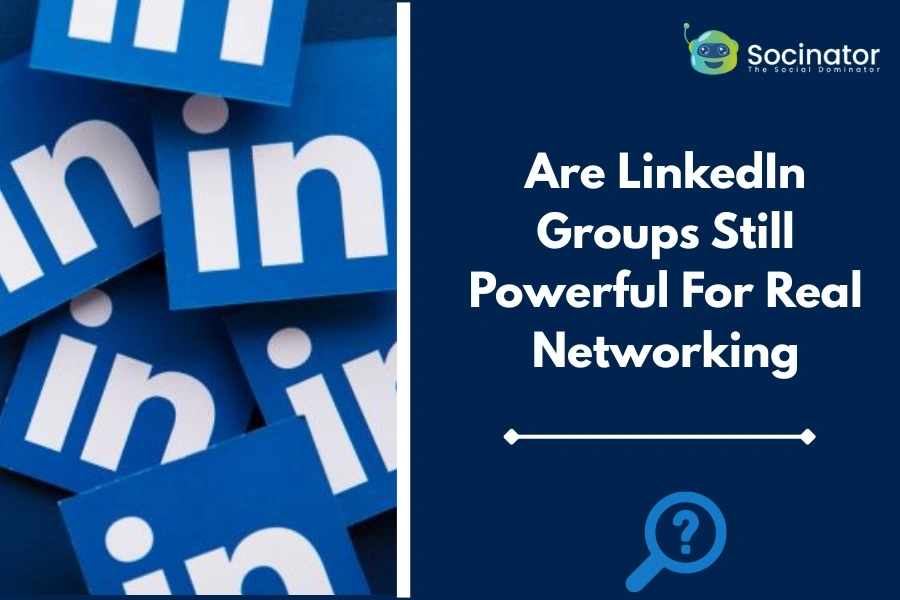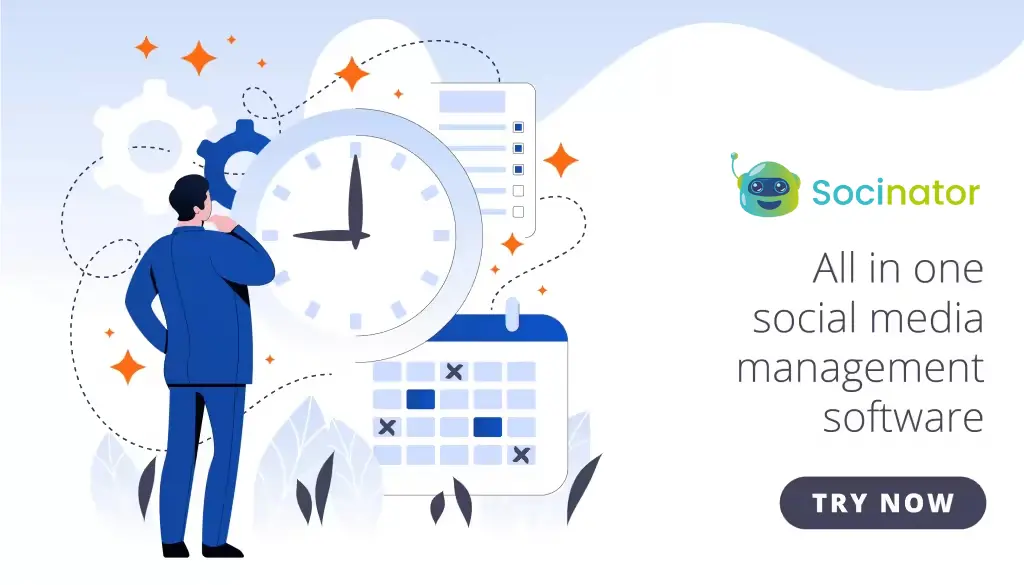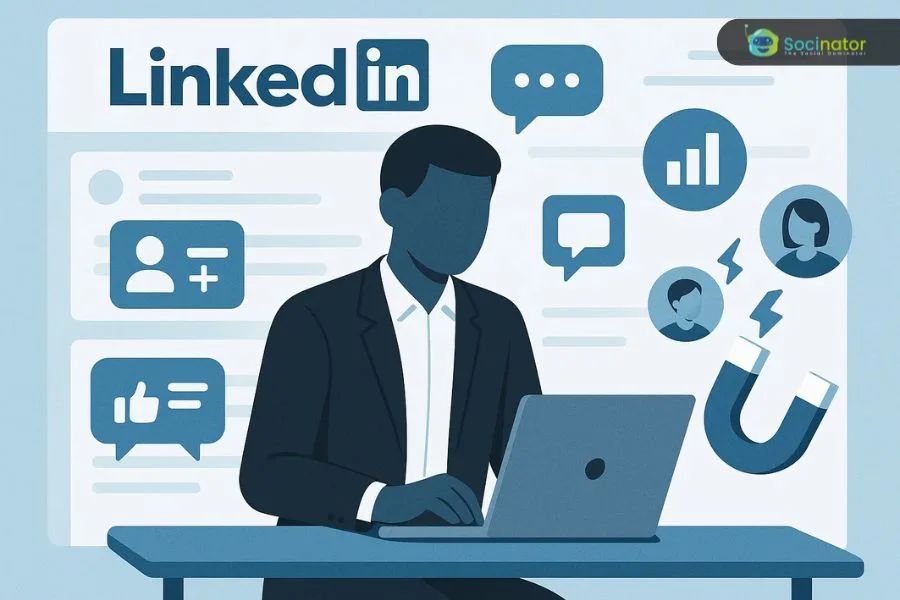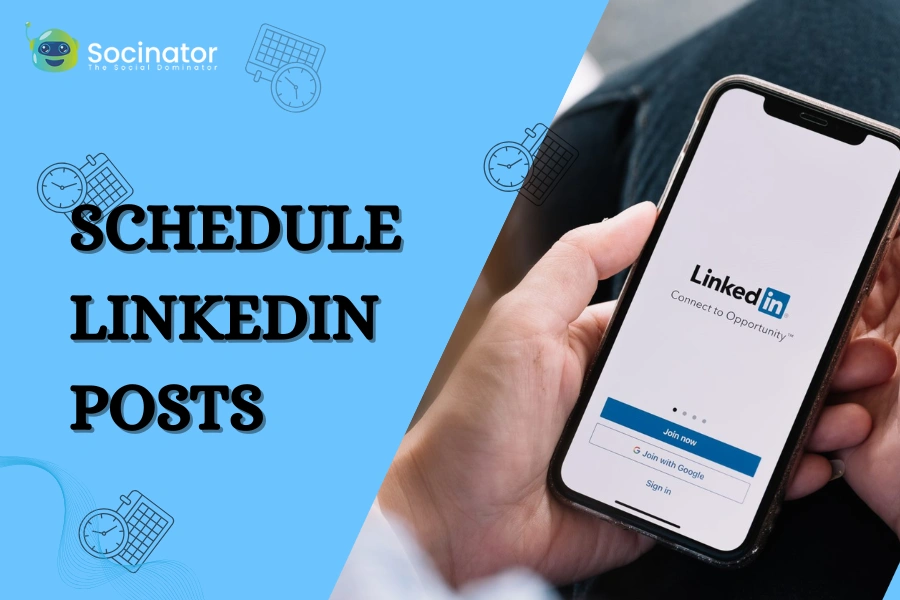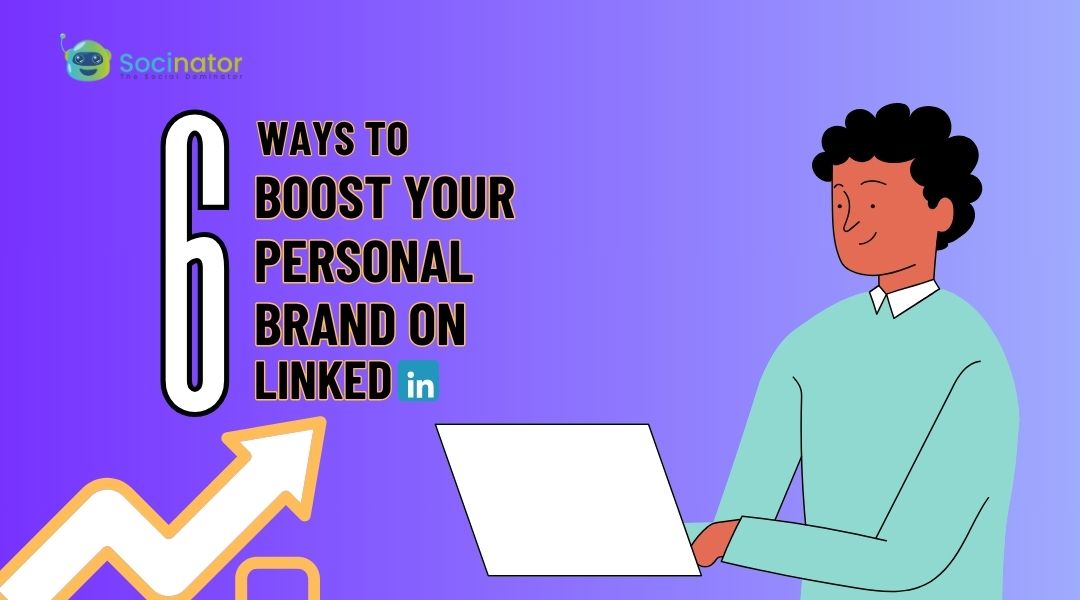Networking has evolved rapidly, but one timeless truth remains, people do business with those they know and trust. In a world flooded with DMs and unsolicited pitches, LinkedIn groups offer a refreshing return to meaningful professional conversations.
Far from obsolete, these communities in 2025 are quietly reclaiming their spot as a powerful tool for connection, branding, and visibility. Whether you’re a founder, freelancer, marketer, or job seeker, learning how to use them can help you rise above the noise and build genuine relationships in your industry.
When used with intention, LinkedIn groups can unlock direct access to niche audiences, industry peers, and even potential clients, all within a trusted environment.
This blog explores everything you need to know about LinkedIn groups, what they are, why they matter, and how to use them effectively to grow your professional presence.
Listen To The Podcast Now!
What Are LinkedIn Groups?
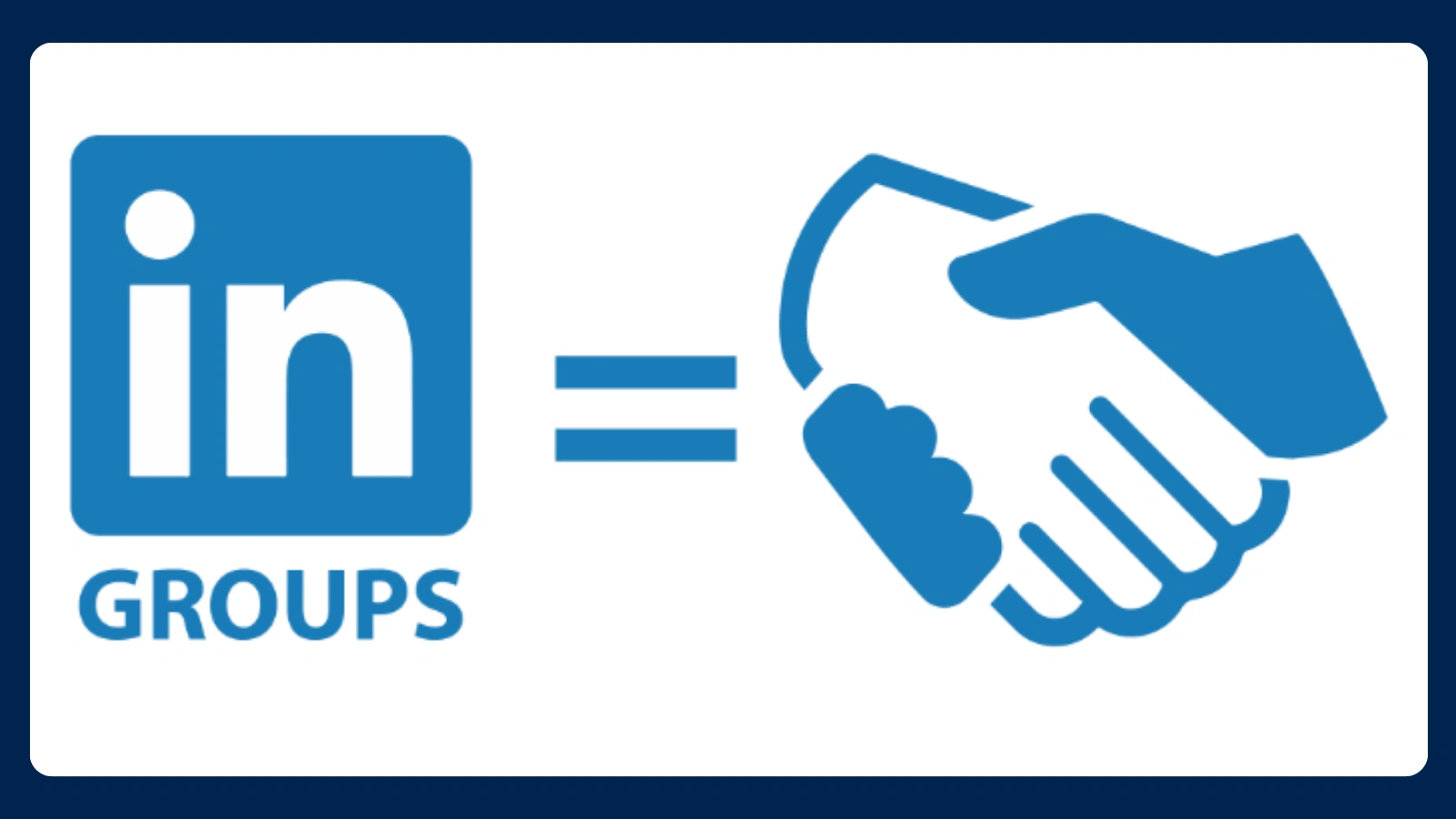 LinkedIn groups are community spaces within LinkedIn where professionals gather based on shared interests, industries, goals, or discussions. Think of them as niche digital roundtables where you can:
LinkedIn groups are community spaces within LinkedIn where professionals gather based on shared interests, industries, goals, or discussions. Think of them as niche digital roundtables where you can:
- Discuss topics you care about
- Connect with industry peers
- Share insights or learn new skills
Unlike general posts that reach a broad audience, LinkedIn groups offer a more focused, intent-driven space. They go beyond just growing your LinkedIn connections; they help you deepen those connections through meaningful, topic-specific engagement. Whether you’re in marketing, law, tech, or HR, there’s likely a group that speaks directly to your interests.
With recent LinkedIn updates and enhanced group features, these spaces are more organized, better moderated, and far more engaging than they were in the past.
Why LinkedIn Groups Are A Goldmine For Professionals?
Still wondering if joining LinkedIn groups is worth it? Here are several compelling reasons why they remain one of the best tools for professional development and a powerful gateway into the larger LinkedIn community:
Hyper-Targeted Networking:
These online communities help you connect with professionals who get what you do. You’re no longer speaking to the void; you’re engaging with peers who share your goals. That leads to stronger connections and real opportunities. It’s networking without the noise.
Stay Informed and Updated:
Group discussions often include early trends, expert insights, and real-world advice. It’s like having a curated feed of useful knowledge. Instead of chasing updates, you learn from the best in your space. And the information often comes straight from industry insiders.
Build Personal Authority:
Consistently show up, share helpful insights, and answer questions; that’s how authority grows. Over time, people start to associate your name with value and trust. These interactions compound and open doors to speaking invitations, partnerships, or referrals. Quiet consistency pays off.
Authentic Engagement:
Forget cold messages and performative comments, these communities are about real interaction. Whether you’re giving feedback or celebrating someone’s win, it builds rapport. Genuine participation feels natural and meaningful. That’s what makes LinkedIn groups stand out from typical social feeds.
Professionals who actively engage in these groups gain more than visibility; they earn real credibility, stronger networks, and lasting trust. It’s not about promotion; it’s about presence in the right communities.
Also Read:
7 Hacks To Grow Your Linkedin Connections Right Away
How To Build LinkedIn Community Effortlessly In 2024
How Can LinkedIn Groups Give Your Business A Strategic Advantage?
Using LinkedIn groups for business offers serious growth potential. No matter if you’re building a personal brand, scaling a startup, or managing corporate marketing, groups help you reach your target audience directly.
Why do they matter for businesses?
- Lead Generation: Instead of relying solely on ads, you can attract warm leads through valuable discussions and consistent presence.
- Thought Leadership: Sharing your expertise, case studies, or insights positions you as a trusted authority in your industry.
- Market Feedback: These communities are great for gauging real-time responses to new ideas, content, or product concepts.
- Brand Awareness: Participating in niche conversations naturally increases your brand’s visibility among the right people.
By joining or even creating LinkedIn groups, businesses can bypass the noise of mainstream marketing channels and connect directly with the audiences that truly matter.
To maximize the impact of your efforts inside LinkedIn groups, smart professionals are turning to social media automation tools like Socinator, helping streamline engagement, content scheduling, and performance tracking across LinkedIn and beyond.
How To Find LinkedIn Groups That Add Value?
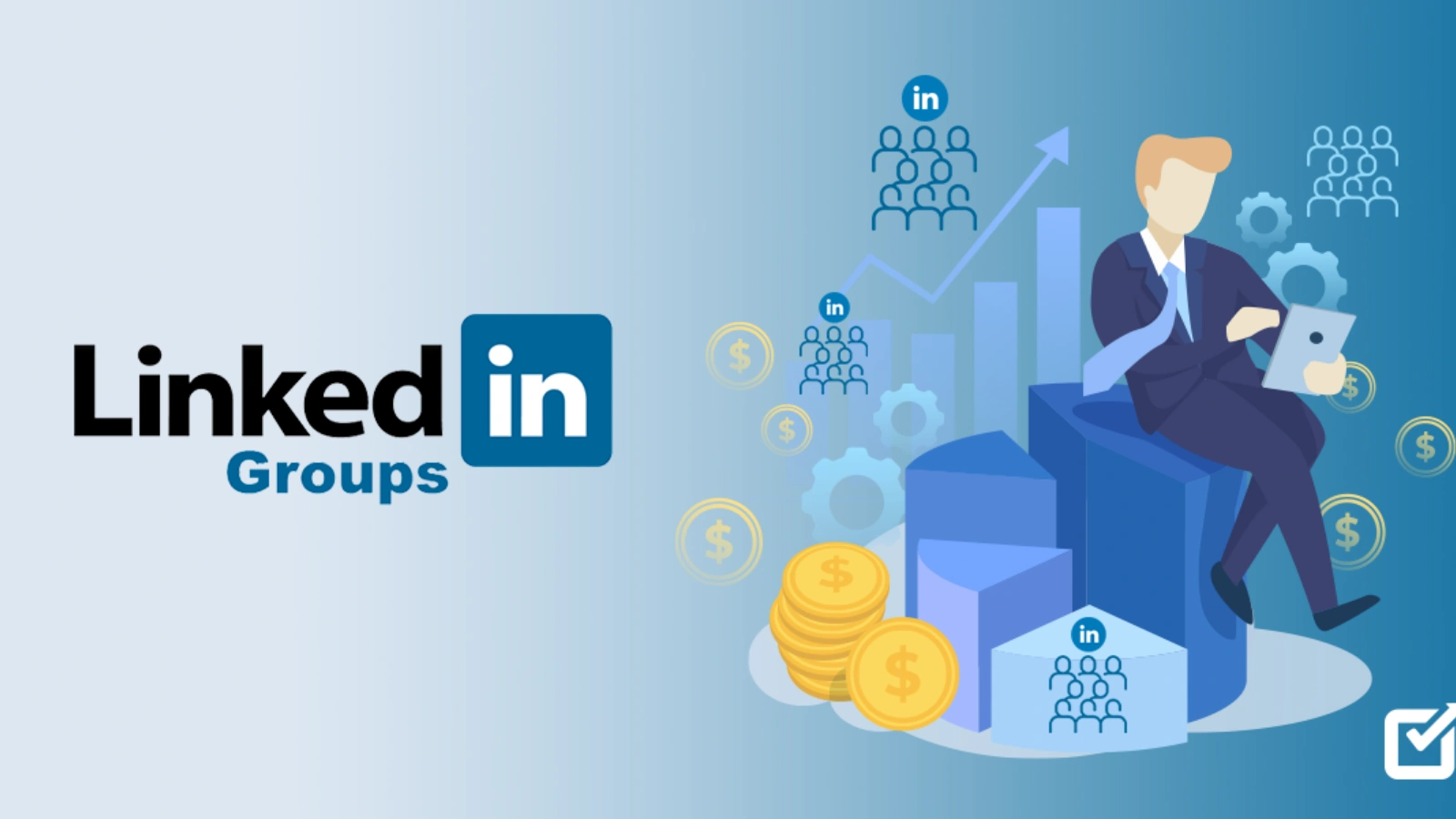 Not every LinkedIn group is worth your time. Some are inactive, others are filled with spam, and many don’t align with your goals. To make your efforts count, you need to find groups that are active, relevant, and rich in meaningful conversations.
Not every LinkedIn group is worth your time. Some are inactive, others are filled with spam, and many don’t align with your goals. To make your efforts count, you need to find groups that are active, relevant, and rich in meaningful conversations.
The key lies in being intentional with your search and evaluating groups based on how well they align with your professional interests. Joining communities that foster genuine dialogue and knowledge sharing can open up new opportunities, expand your influence, and help you stay updated with trends in your industry.
How To Join Groups On LinkedIn Without Wasting Time?
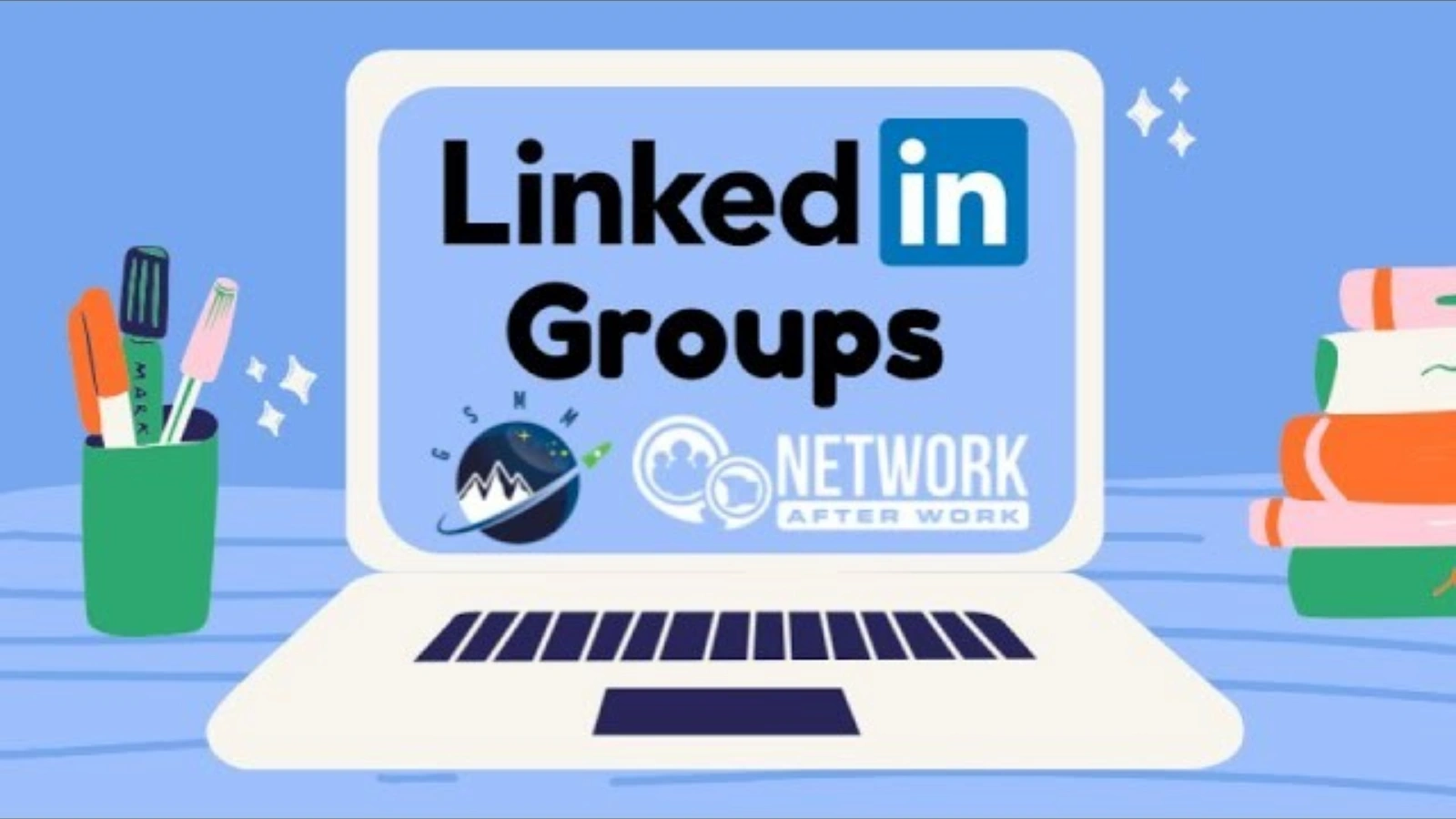 Jumping into just any group won’t get you results. If you want to use LinkedIn groups effectively, it’s important to be intentional about where you join and how you show up. A strategic approach will help you avoid spammy spaces and focus on communities that contribute to your growth.
Jumping into just any group won’t get you results. If you want to use LinkedIn groups effectively, it’s important to be intentional about where you join and how you show up. A strategic approach will help you avoid spammy spaces and focus on communities that contribute to your growth.
Here’s a smart step-by-step process to save time and boost your success:
Search with intent:
Don’t just type vague terms, use specific keywords related to your niche, industry, or goals (e.g., “B2B SaaS marketing” or “UX research”). This ensures your results are aligned with your interests.
LinkedIn’s search bar allows you to filter by “Groups,” so make the most of that option. Narrowing your search helps you avoid low-quality or unrelated spaces. It’s the first move in finding communities that matter.
Filter and assess:
Once you spot potential groups, don’t join right away. First, check when the latest posts were made and if there’s regular interaction. Look for signs of active moderation, pinned rules, recent comments, and responsive admins are all green flags.
Avoid groups that feel like ghost towns or bulletin boards for self-promotion. A thriving group will have consistent activity and actual conversations happening.
Request to join:
When you find a group that looks promising, hit “Request to join.” Most groups require admin approval, so be patient. During this wait time, consider following group admins or reviewing their content to better understand the tone and expectations.
This also shows genuine interest in the community. Remember, thoughtful participation starts even before you’re inside.
Optimize your profile:
Before clicking “Join,” take a minute to review your LinkedIn profile. Admins often check profiles to ensure members are a good fit, especially in curated or high-value groups.
Make sure your headline, about section, and profile image are clear and professional. If your profile reflects your expertise and aligns with the group’s theme, your chances of getting approved are much higher.
Follow up:
If you haven’t been accepted after a week, don’t take it personally. Consider moving on and exploring other groups. However, if it’s a group you’re truly interested in, you can message the admin politely, expressing why you want to join.
A respectful follow-up shows initiative and can sometimes fast-track your approval. Just be sure to keep it short and authentic.
Once you’re in, don’t pitch right away. Lurk for a bit, understand the tone, and then start engaging.
Also Read:
Social Media Automation Explained: Why You Need It
How To Create A LinkedIn Group?
Sometimes, joining isn’t enough; creating your community can be a powerful move. Hosting your own LinkedIn groups positions you as a thought leader, brings like-minded professionals to your space, and builds a loyal network around your niche.
Steps To Create Your Own Group:
1. Navigate to the Groups Section:
Start by heading to your LinkedIn homepage and selecting “Groups” from the menu. This takes you to your current memberships and gives you the option to build a new one from scratch.
2. Click “Create a New Group”:
You’ll find this option near the top of the Groups page. Click it, and you’ll be prompted to enter your group details, including name and purpose.
3. Add Group Name, Description, and Rules:
Choose a clear, professional name and write a concise description outlining what the group is about. Establish some basic rules to set expectations and keep the space respectful and valuable.
4. Choose Privacy Settings:
Decide whether your group will be “listed” (searchable by others) or “unlisted” (invite-only). A private group fosters exclusivity, while a public one boosts discoverability.
5. Invite Relevant People:
Start by inviting your existing network, clients, peers, or colleagues who would benefit from the group’s focus. This gives the group a solid base and encourages early engagement.
6. Plan Posts and Moderation:
To keep things active, prepare a posting schedule with prompts, articles, or questions. Assign moderators if needed to maintain quality conversations and remove spam.
Tips For Managing A Successful LinkedIn Group
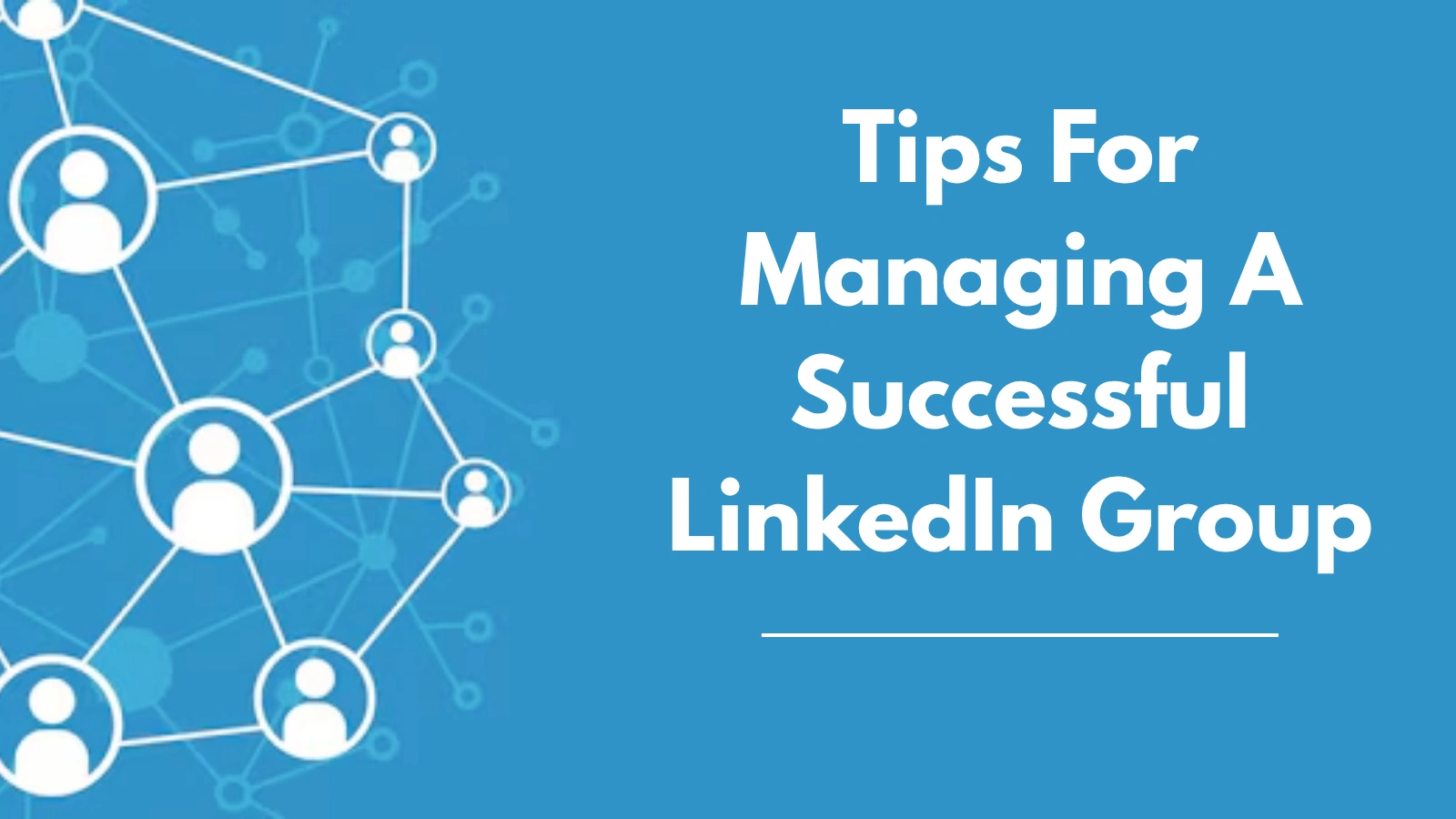 Starting a group is easy. Growing and maintaining one? That’s where the real challenge lies.
Starting a group is easy. Growing and maintaining one? That’s where the real challenge lies.
Here’s how to ensure your LinkedIn groups thrive:
Admin Best Practices:
- Set clear rules: Prevent spam by setting and enforcing boundaries.
- Encourage participation: Ask weekly questions or prompt discussions.
- Feature members: Highlight helpful contributors to keep them engaged.
- Use content calendars: Schedule thought-provoking posts regularly.
- Moderate smartly: Remove irrelevant content and guide discussions.
You can even use LinkedIn marketing automation to help manage posting schedules or alerts, but make sure it’s human-first, not spam-first. Smart automation ensures consistency without sacrificing authenticity.
One of the best tools to help you automate without losing your personal touch is Socinator, a powerful LinkedIn automation tool built to elevate your group management and networking game.
Can Socinator Supercharge Your LinkedIn Group Strategy?
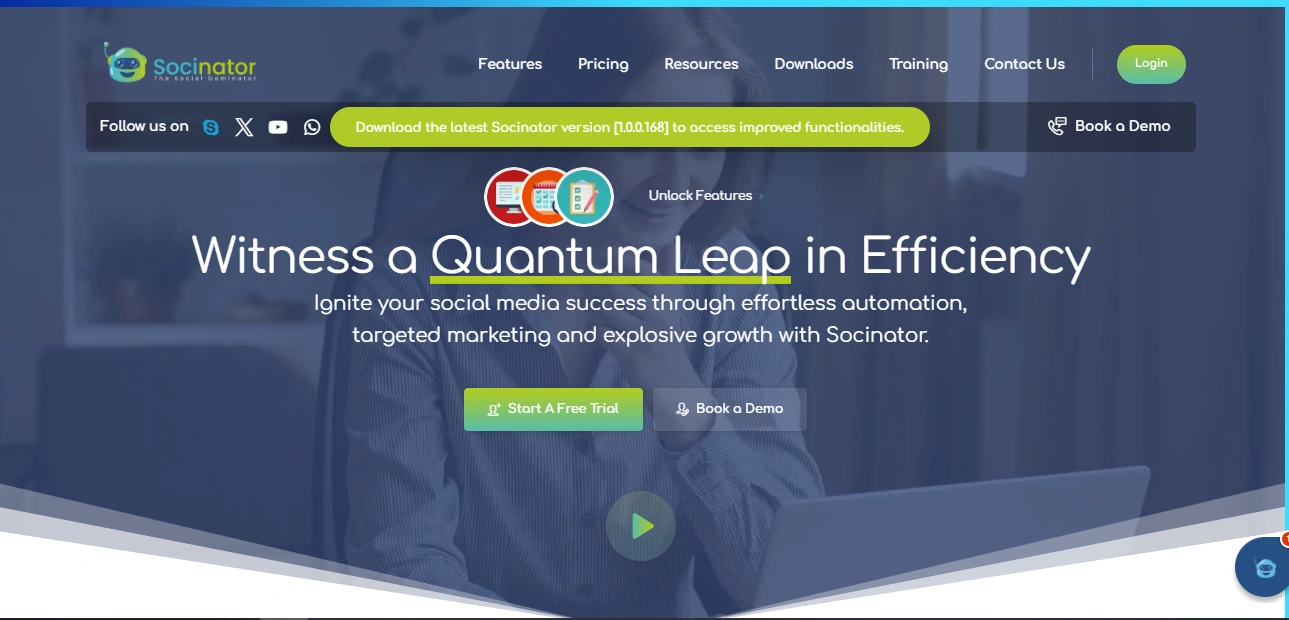 Managing your LinkedIn presence, especially within active LinkedIn groups, can be time-consuming. That’s where Socinator steps in, a class-apart solution designed for effortless LinkedIn automation, enabling you to maintain a consistent presence without manual effort.
Managing your LinkedIn presence, especially within active LinkedIn groups, can be time-consuming. That’s where Socinator steps in, a class-apart solution designed for effortless LinkedIn automation, enabling you to maintain a consistent presence without manual effort.
With a clean interface and an all-in-one automation dashboard, Socinator makes it easier than ever to build professional connections, maintain group engagement, and analyze your social growth, all without the daily grind.
Key Features Of Socinator
- Social Media Scheduling:
Plan and publish posts ahead of time, ensuring consistent group presence and page activity. - Analytics and Insights:
Get deep insights into engagement, clicks, and overall group activity to adjust your content plan smartly. - Audience Targeting:
Use tailored targeting to connect with professionals who matter to your industry and goals. - Grow Without the Pressure:
Automate interactions like likes, comments, and group discussions while still keeping it personal and relevant. - Multi-Platform Access:
Manage LinkedIn alongside Instagram, Facebook, Twitter, YouTube, Reddit, Quora, Tumblr, Pinterest, and more, all from one unified dashboard. - Account Security:
Stay protected with Socinator’s intelligent security measures to safeguard your professional identity.
With over 5000+ users across 15+ countries, Socinator has helped countless brands and individuals scale.
Conclusion:
In 2025, as people search for deeper, more valuable online interactions, LinkedIn communities have re-emerged as a cornerstone of authentic networking. They’re not just relics of early LinkedIn days; they’re vibrant hubs where ideas are exchanged, careers are elevated, and brands are built organically.
When approached with intention and consistency, they help expand your network, strengthen your authority, and unlock surprising new opportunities. Whether you’re joining active communities or creating your own space, this tool is more powerful than ever.
And to streamline your journey, tools like Socinator make it easier to manage, automate, and scale your engagement, so you can focus more on relationships and less on routine.
FAQs
1. Can I promote my services in LinkedIn groups?
Ans. Yes, but it’s important to do it tactfully. Focus on adding value by sharing insights, answering questions, or posting helpful content. When members trust your expertise, promotion happens naturally and feels more like a recommendation than a sales pitch.
2. How many LinkedIn groups should I join?
Ans. It’s better to be active in a few quality groups than join too many and stay silent. Start with 3 to 5 well-moderated and niche-relevant groups where your voice can be heard. This way, you can build meaningful relationships and maintain consistent engagement.
3. How do I measure success from group participation?
Ans. Success isn’t always instant, but steady participation brings results. Track metrics like post engagement, profile visits, DMs, or new connections related to your group activity. Over time, these signals show your growing influence and networking impact.
4. What’s the best time to post in a LinkedIn group?
Ans. Weekdays between 9 AM and 11 AM often get the highest visibility due to professional scrolling habits. However, each group has its rhythm. Observe when members engage most and time your posts accordingly. Posting during webinars, events, or news cycles also boosts traction.

